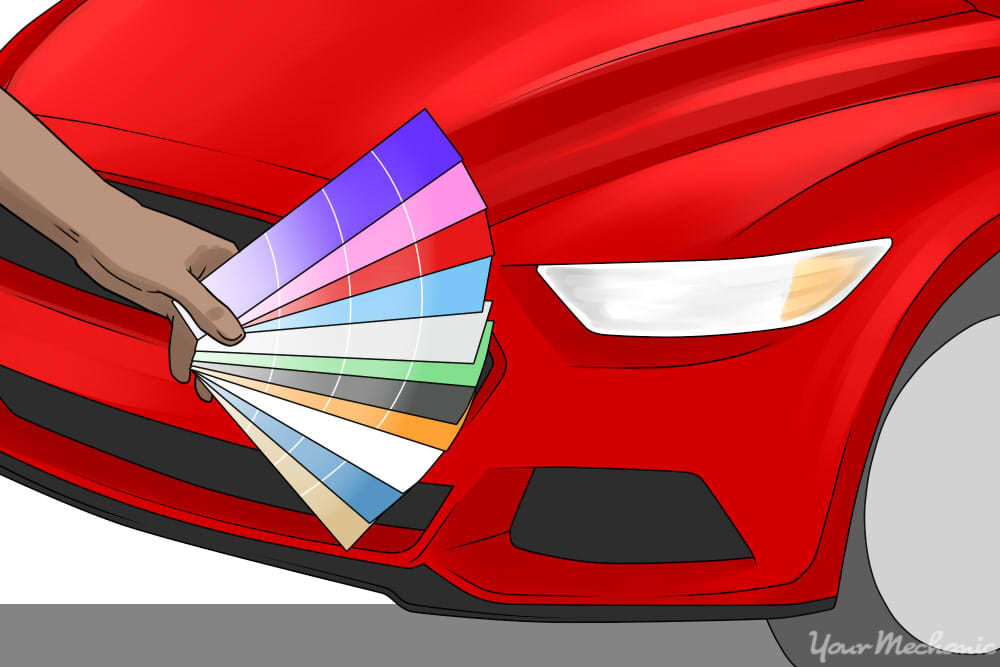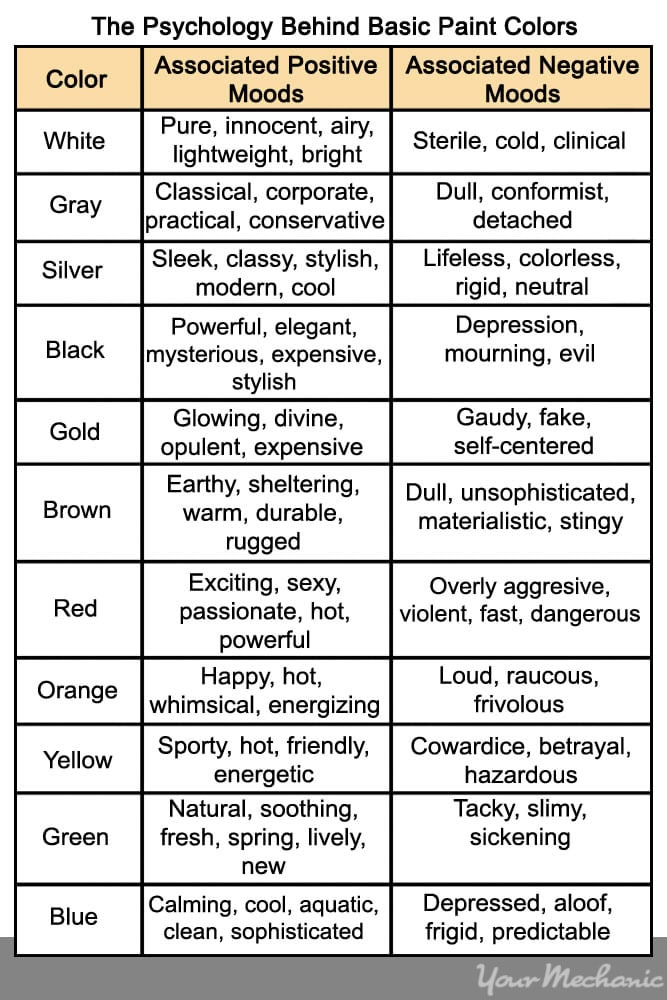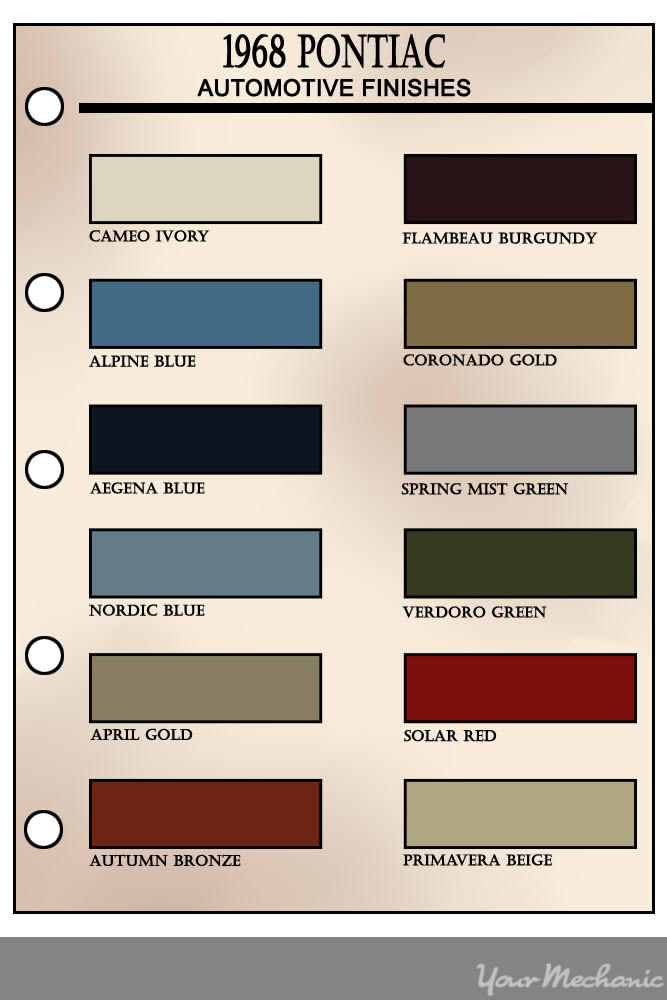

Are you repainting an old vehicle? Or are you trying to choose a paint color for your next car? There are a number of factors to consider when choosing a paint color for your car, and if the job is rushed, it is easy to overlook small but important steps in the process.
Contrary to popular belief, the paint on your car does more than just express your personal tastes. You will want to choose a color that is visible on the road while hiding dirt and mud.
Instead of simply choosing whatever color is available on the lot, put some thought into the following factors to choose a car paint color that works best for you.
Part 1 of 1: Choose the best paint color
Step 1: Study the safest colors. While some are drawn to bold colors like red and blue, these bright hues may just end up costing you more money.
According to Esurance, while studies in the U.S. to“ prove or disprove any suppositions about car color and its effect on safety” have remained inconclusive, it may be wise to avoid red, as it is argued that police are more likely to pull over red vehicles than any other color.
Some insurance companies even charge higher premiums for vehicle’s with “risky” or bright colors like red or yellow, while other companies offer lower premiums for “safe” colors like white or silver. Silver and white paint reflects sunlight more efficiently, making these colors perfect for optimal road visibility.
Step 2: Research color psychology. Take a moment to consider what you want your car color to convey. Consider if you want your car to stand out from the rest and if you want to be seen as stylish, sophisticate or trendy. Conversely, you may want your car to blend in with the crowd so that it does not stand out.
Read about the emotions and psychology behind every color online — choose red if you want to grab attention, or black, if you want to appear wealthy. Or consider a neutral / beige paint color if you want to blend in.
This research will help you choose the color that suits not only your own style, but suits your car perfectly as well.
- Note: If you are repainting a vintage car, proceed to Step 3. If not, move on to Step 4.
Step 3: Reproduction or classic car paint options. If you are repainting a car with a classic style - whether vintage, vintage reproduction, or used from the 1980’s - it is important to consider both historical accuracy and new developments in paint technology.
Paint colors have changed slowly over the past century. Today’s colors do not always suit a car from the 1960’s. Even though modern companies have reproduced most factory car colors for historically popular models, some shades may be extremely difficult to find.
Many shops can produce the custom colors that you want, but at a higher rate than for a standard paint color.
Step 4: Research popular paint colors. According to PPG Industries, the top four paint colors in the 2014-2015 fiscal year were black, silver/ gray, white, and red. Natural shades like gold, yellow, and brown are also increasing in popularity.
When it comes to popular car paint colors, trends certainly come and go in the blink of an eye. However, if you spend some time following the “top” car paint colors, you will discover colors and paint job examples that you may have never even thought possible.
Whether you want to choose a color that will stay on-trend, or a color that will set you apart, it is always worth looking at popular paint colors and paint jobs. After all, these colors are popular for a reason.
- Note: Popular styles like matte or satin paint can cost extra and require more maintenance, so do your research on the long-term requirements of each paint style before you choose one.
Step 5: Match the paint to your car’s model. Once you have narrowed down your car paint colors to two or three options, take time to consider your vehicle’s make and model.
While yellow might look great on a sports car, it might not suit your pickup truck. Red can be a great color for many models, but could easily overpower a conservative sedan.
Consider both your driving personality and the car that you drive while deciding between your final car paint color options.






